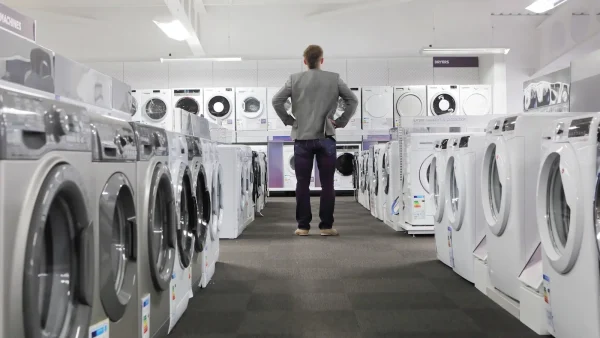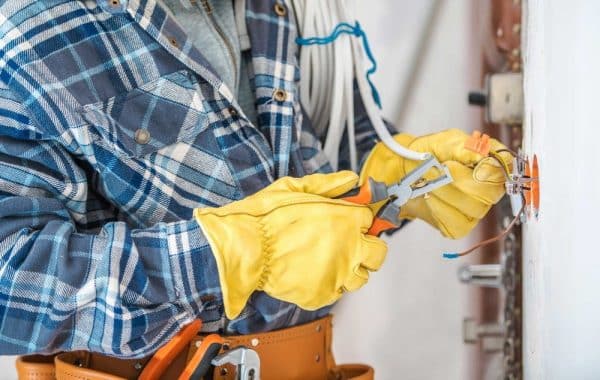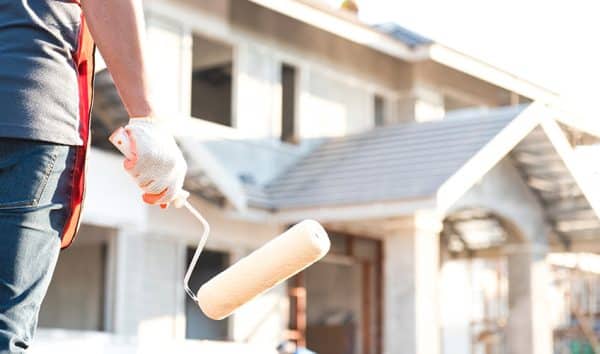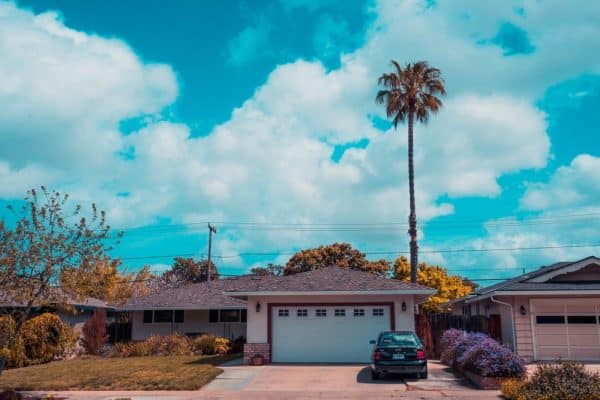
Climate change has been a growing and concerning problem in the entire world. It has caused heat waves, drought, warming oceans, melting glaciers, and rising sea levels that wreak havoc on animals’ habitats and people’s livelihoods and communities. The good news is that we can still hold global warming to relatively safe levels.
However, this requires global cooperation and several changes. One of the changes you can make is by making your home smart. The main advantage of a smart home is automated and improved appliance functionality. This results in increased energy efficiency, making it cost-effective and eco-friendly.
Here are some home automation features to try:
Automated Lighting
Automated lighting has cornered the market because of its convenience and adequate security. However, many homeowners are not yet still into it. Why? They think it’s way cheaper to use manual lights and worry about how costly a home automation system and its installation would be.
However, in reality, you can save an average of 8% on your electric bill when you have an automated lighting system at home. Additionally, automated lighting can increase a bulb’s life by at least 150% and even longer when you prefer dimming them. Dimming light bulbs will reduce their wattage and output, which can help save energy.
Consider adding occupancy or motion sensors as well. They automatically turn on lights when a room is occupied and turn off lights when vacant through motion sensors. They’re typically helpful when family members forget to turn off the lights after using them, which wastes energy and only increases energy bills.
In addition to automated lighting, opt for LED bulbs. They aren’t only energy-efficient but also long-lasting. They only use up to 75% less energy and can last up to 25 times longer than incandescent bulbs. Their upfront costs are undeniably higher than their counterparts, but they’ll still be cheaper in the long run due to their longer life span.
Regulated Temperature through Smart Thermostats
Using smart thermostats is a superb way to make your home more energy-efficient and eco-friendly. On average, heating and cooling your home accounts for almost 41-63% of your total energy bill.
According to the US Energy Department, you can save as much as 10% annually when using programmable thermostats. Since less energy is used, they can also decrease carbon footprint and protect our environment.
The US Energy Department recommends the following temperatures to save energy and money effectively:
1. 68°F in the winter when you’re awake and at home.
2. 78°F in the summer when you’re awake and at home.
3. Set back your thermostat by 7–10°F when you’re asleep or away.
In addition, don’t ever mess up with your HVAC (Heating, Ventilating, and Air Conditioning) units. Sure, you can regulate the thermostats remotely, but if there are unmodified thermostat system failures and you’re not at home, expect that fire or casualties may happen.
How can we avoid these situations that may cause many expenses? You can invest in security companies that offer 24/7 remote monitoring. Many security providers offer an affordable plan with environmental monitoring.
Solar Photovoltaic System
Take advantage of free solar energy by adding banks of solar photovoltaic panels to your roof. While it might initially be a huge upfront investment, a solar setup can free you from high-priced monthly energy bills.
Don’t worry too much about investing in it. This system has a standard lifespan of 25-30 years on average. Also, many local and federal tax credits offer a long way toward minimizing the system’s initial cost. In some places, you might get credits on your power bill by routing excess energy back to the utilities.
Financing options for solar panels are also available, such as the Property Assessed Clean Energy (PACE) Program and Energy Efficient Mortgage (EEM). They finance 100% of the cost of energy efficiency in exchange for higher property taxes as repayments.
Other traditional banks allow secured and unsecured loans to fund energy efficiency investments. However, they’re strict towards people with no income and bad credit. If you’re one of these people, try bad credit loans from alternative lenders online, such as online title loans or personal loans.
Automated Irrigation System
Traditional watering methods tend to waste 50% of the water used because of evaporation, overwatering, and inefficiencies in irrigation. It’s a good thing that innovations continue to exist, and an automated irrigation system was discovered. One of the best advantages of this system is that it gives precision watering and the ability to save water (and hundreds of dollars!).
Insulated Garage Door
Insulating your garage door is another way to reduce energy consumption. Preventing cooled and heated air from escaping would make it easier for your air conditioner and heater to maintain your desired temperature. With this, there’s no need to suffer from an overly heated garage during summer or a more chilly garage in winter.
Opt for something designed to use very low power on standby or a solar-powered one that doesn’t use fossil fuels. Besides, many eco-friendly garage doors have a longer lifespan because they are made of sturdy building materials. With that, you avoid expenses on replacement, repair, and maintenance. It’s sustaining the environment, plus saving money!
Choose Green Companies that Support Recycling Materials
Opt for green security companies if you’re genuinely concerned with our environment. They generally act in a way that minimizes damage to our planet. Hence, in most cases, they place sustainability at the core of their sourcing, production, and distribution, ensuring the world we live in continues to be habitable for everyone, not just a few.
They’re also compliant with various green certifications. One example is Europe’s Restriction of Hazardous Substances Directive (RoHS). This certificate restricts security system devices from dangerous substances like cadmium, hexavalent chromium, mercury, and phthalates.
It’s not hard to look for green companies. Producing eco-friendly, energy-efficient products is currently the trend now. Hence, many system providers are now manufacturing devices from environmentally friendly or recycled materials, making them more cost-effective and efficient than traditional systems.
Final Thoughts
An environmentally conscious lifestyle makes everything at home, from security to smart appliances, cost-effective. It’s almost a one-size-fits-all solution—we can protect our planet, save money from energy conservation, and live comfortably and securely in a well-protected and automated place.








